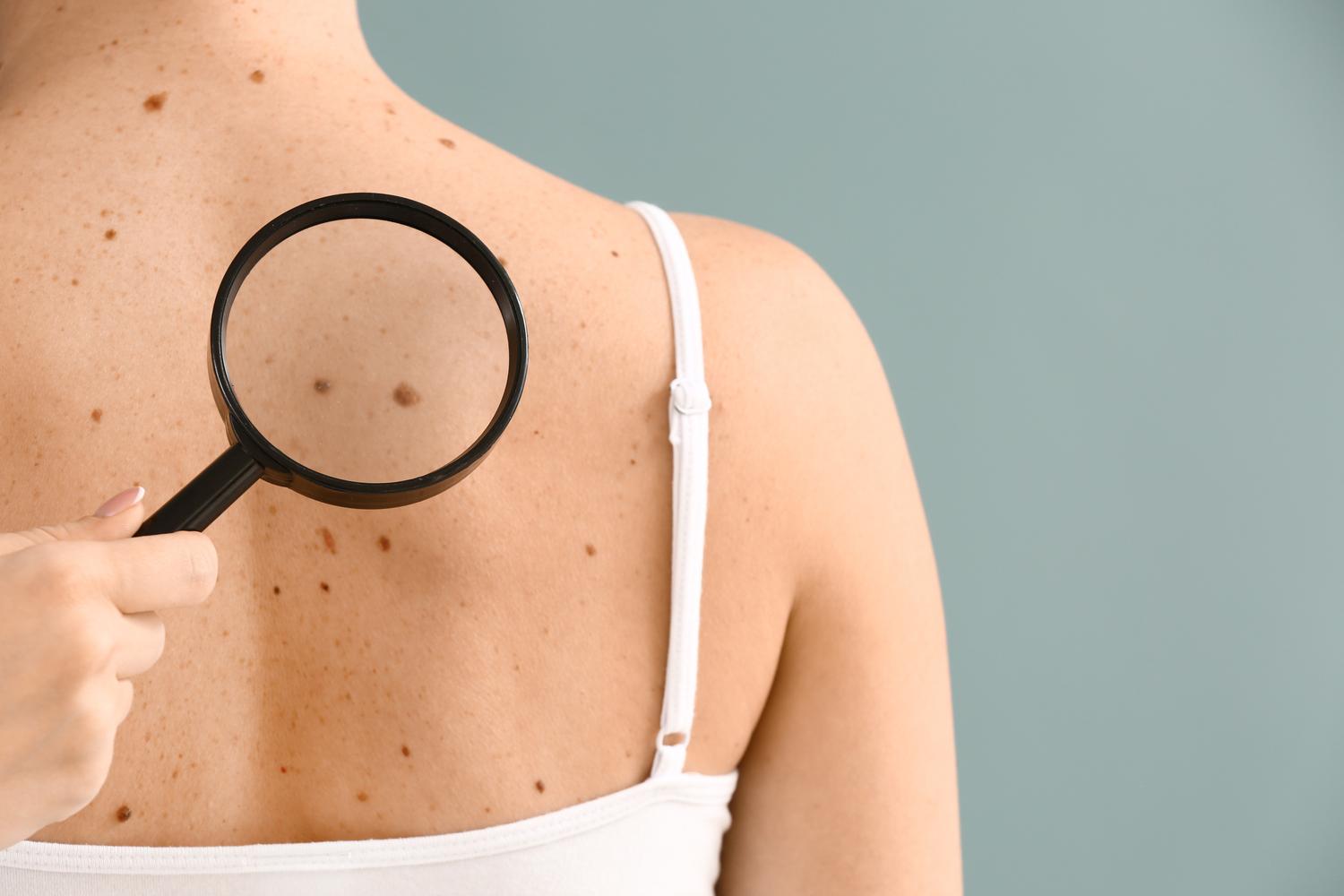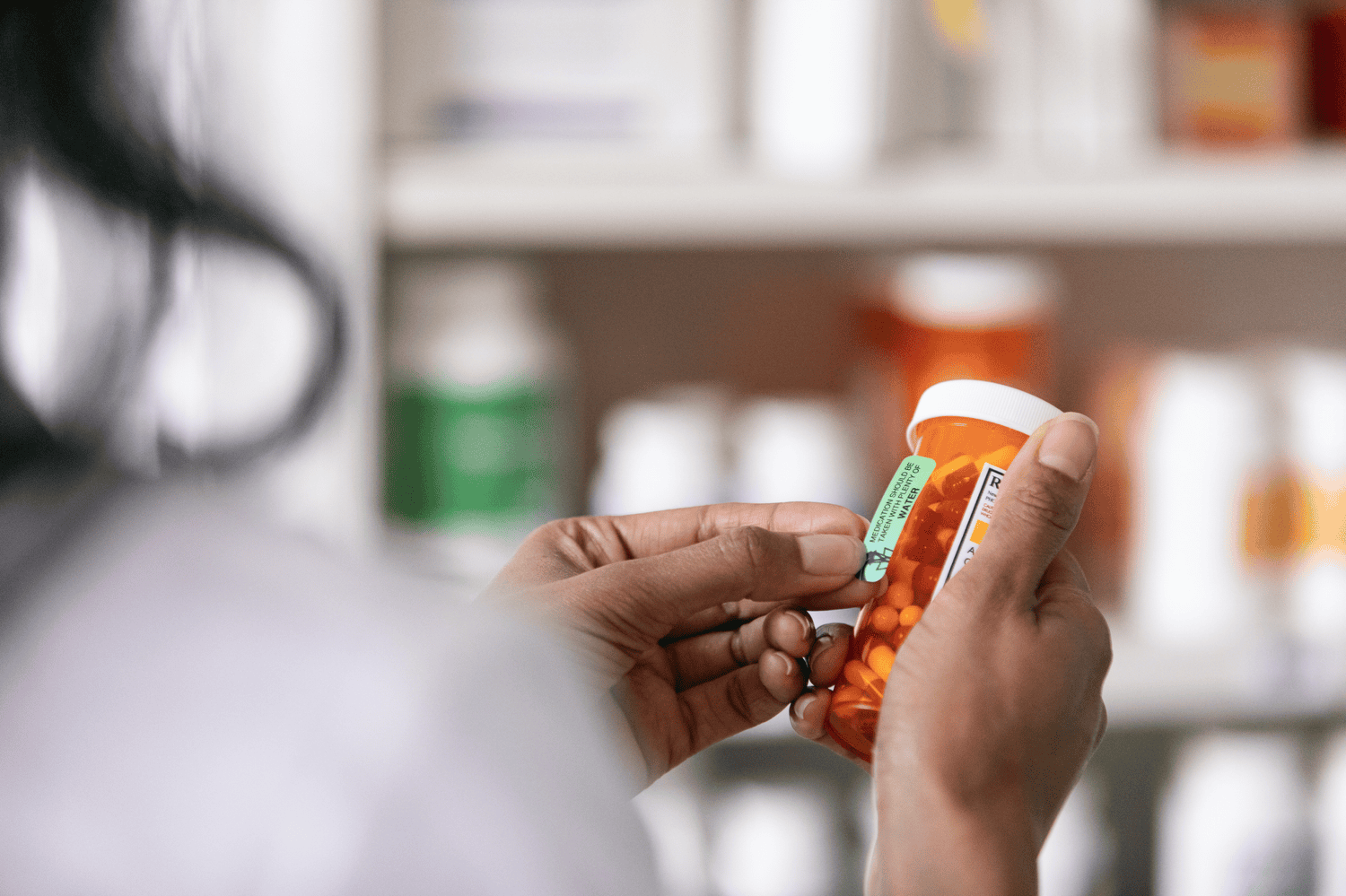Breast Cancer: Facts and Resources
Breast cancer statistics, risk factors, symptoms, and support resources
Breast cancer is the most commonly diagnosed cancer in the United States. According to the National Cancer Institute, about 300,590 new breast cancer cases will be diagnosed in 2023. Globally, breast cancer accounts for 12.5% of all new cancer diagnoses yearly. While breast cancer rates in the United States are decreasing, this widespread disease still affects millions of people every year. To help better understand breast cancer—how prevalent it is, how it’s diagnosed and treated, and how to prevent it—we put together this guide. Looking for more information? Book an online doctor’s appointment on Sesame to discuss this and other cancers.
Breast cancer prevalence
As cited above, breast cancer is the most common cancer globally. The World Cancer Research Fund International estimates that over 2.26 million new cases were diagnosed in 2020. According to this data, the United States has among the world's highest rates of breast cancer diagnoses. According to the American Cancer Society, women in the US have about a 1 in 8 chance of developing breast cancer at some point in their lives. However, the US is not among the leaders in breast cancer deaths. Breast cancer rates have steadily declined since 1989 but have slowed recently. That said, mortality rates continue to decline, especially among women aged 40-79 (the most common breast cancer patients). Since 2010, mortality rates have dropped between 1.2-2.2% per year in the United States. In all, it is supposed that this decline in mortality rates has led to 375,900 deaths avoided since 1989.
While breast cancer in men can occur, incidences are far less common. The American Cancer Society estimates that just over 5,000 new breast cancer cases will be diagnosed in men in 2023. Mortality rates are also lower in men, with about 530 expected deaths in 2023 compared to 43,700 expected deaths in women.
Breast cancer risk factors
So, what causes breast cancer? While there is no single cause for this disease, doctors believe that breast cancer begins to develop when breast cells grow abnormally. These atypical cells divide more rapidly than normal cells do and can begin to build up into a lump, possibly also metastasizing (spreading) throughout the body.
Genetics is one of the primary risk factors for developing breast cancer. Breast cancer research shows that women with a family history of breast cancer are twice as likely to be diagnosed with some form of the disease themselves. Similarly, 5–10% of breast cancer cases are linked to genetic mutations inherited from one’s father or mother. The most common genes associated with breast cancer are breast cancer gene 1 (BRCA1) and breast cancer gene 2 (BRCA2), whose presence can considerably increase the risk of developing breast cancer or ovarian cancer. Women with the BRCA1 gene have a 72% chance of developing breast cancer, while women with the BRCA2 gene have a 69% chance.
Aside from genetics, other factors associated with an increased risk of breast cancer include:
- Gender: Females are at a significantly higher risk of developing breast cancer than males. Women are about 100 times more likely to develop breast cancer than men.
- Age: The average age of women diagnosed with breast cancer is about 63. Women under 40 make up only 4% of all breast cancer diagnoses, while rates in women over 70 are the highest. The risk of developing breast cancer increases as a woman ages.
- Personal history of breast cancer or breast health problems: Women with a history of breast problems like lobular carcinoma in situ (LCIS) or atypical breast hyperplasia are at an increased risk of developing breast cancer. Women who have already had breast cancer in one breast have an increased risk of developing cancer in the other.
- Reproductive history: According to the Centers for Disease Control and Prevention (CDC), women who start having menstrual periods before the age of 12 and women who begin having menopause after 55 are at an increased risk of breast cancer. This is due to more prolonged hormone exposure throughout life (as hormonal changes bring on these events).
- Obesity: Obesity can increase a woman’s chance of developing breast cancer and other forms of cancer.
- Alcohol use: Similarly, alcohol can increase your risk of developing cancer, including breast cancer.
- Radiation exposure: Radiation treatment to the chest as a child or young adult can increase the risk of developing breast cancer later in life.
This is not a complete list of all risk factors associated with breast cancer, nor does it mean that breast cancer occurs only in people with these indications. While less common, breast cancer can develop in young, healthy women, women with no history of breast cancer, and men. Because of this, it is vital to undergo breast cancer screenings for early detection—a crucial tool in lowering mortality incidents.
Symptoms of breast cancer
Breast cancer can begin to appear with a few early signs and symptoms. These include:
- Thickening or swelling of the breast
- A new lump or mass in the breast or armpit
- Irritation or dimpling of the breast skin
- Redness or flaking around the nipple
- Nipple discharge
- Inverted nipples (nipples turned inward)
- Pain around the breast area
These symptoms can occur with other conditions that are not breast cancer, and this is not a complete list of all early signs of cancer. Because early indications can be mild or unnoticeable, women need to start getting screened for breast cancer in their forties to detect any signs of cancer earlier rather than later.
Breast cancer screenings
Early detection of breast cancer is one of the primary driving forces behind the decline in breast cancer mortality rates in the United States. As with most forms of cancer, breast cancer responds best to treatment the earlier it is detected.
Women begin to undergo clinical breast exams at the age of 25. These physical exams are often performed during a woman’s annual physical. During a clinical breast exam, the health care provider feels the breasts, the underarm, and the area around the clavicle for any abnormalities or lumps. Talk to your health care provider about performing self-exams at home so you can feel for any changes or abnormalities in your breast more regularly.
Women between 40 and 49 should talk to their health care provider about when to start scheduling mammography. A mammogram is an X-ray of the breast that can detect abnormal growths or masses in the breast. The United States Preventive Services Task Force (USPSTF) recommends that women with an average risk of breast cancer between 50 and 74 get a mammogram every two years. Older women or women with an increased risk of breast cancer may need a mammogram more often.
Breast exams and mammography are crucial tools in the early detection of breast cancer. Vigilance about detection and advanced breast cancer treatment are two primary reasons for lowered cancer mortality rates in the US. If you or a loved one suspect that you may have detected a change in your breast tissue or have found an abnormal lump or mass, talk to a health care provider immediately to diagnose the condition and discuss treatment options.
Breast cancer treatment
Breast cancer care varies depending on the patient’s type of breast cancer, the size and grade of the tumor, its stage, and other factors. Because breast cancer treatment options can be overwhelming, consider consulting with a breast specialist in an oncology clinic and breast cancer survivors to help make the most educated decision for you.
Common forms of treatment include:
Lumpectomy: A lumpectomy is a surgical procedure commonly used to treat breast cancer. Also known as breast-conserving surgery, it involves removing only the tumor or lump (lumpectomy) and a small amount of surrounding healthy tissue while preserving most of the breast. This approach aims to effectively remove the cancerous cells while maintaining the cosmetic appearance and functionality of the breast. During the procedure, the patient is usually under general anesthesia. The surgeon makes a small incision in the breast, locates and removes the tumor, and then carefully closes the incision. Radiation therapy frequently follows lumpectomies to guarantee the destruction of any remaining cancer cells. This approach has proven to be an effective and widely used treatment option for early-stage breast cancer.
Mastectomy: A mastectomy is a surgical procedure performed to remove the entire breast as a treatment for breast cancer or as a preventive measure for individuals with a high risk of developing breast cancer. During a total mastectomy, the entire breast tissue, including the nipple and areola, is removed. Following the mastectomy, patients may have the option of breast reconstruction to restore the shape and appearance of the breast. Mastectomy is a crucial treatment option for certain breast cancer cases and provides a potentially life-saving measure for individuals at high risk of breast cancer development.
Radiation Therapy: Radiation therapy is used in breast cancer management to target and destroy cancer cells that may remain in the breast area after surgery or to shrink tumors before surgery. It involves the use of high-energy X-rays or other forms of radiation to damage the DNA within cancer cells, thereby preventing their ability to grow and divide. Radiation therapy aims to reduce the risk of cancer recurrence and enhance the chances of successful breast conservation following a lumpectomy. It is often recommended as part of a comprehensive treatment plan, which may include surgery, chemotherapy, and hormonal therapy tailored to the individual's specific type and stage of breast cancer.
Hormone Therapy: Hormone therapy is used for hormone receptor-positive breast cancers. This type of treatment works by blocking the effects of estrogen and progesterone or reducing their production in the body, slowing down or preventing cancer cell growth. Hormone therapy can be used as adjuvant therapy after surgery or as palliative therapy for advanced cases. It is often prescribed for an extended period, depending on the individual's specific situation and the stage of breast cancer, significantly reducing the risk of cancer recurrence and improving overall outcomes.
Your health care provider will work with you and the rest of your cancer care team to monitor the efficacy of treatment and any adverse effects caused by the therapy. Be sure to tell your provider about any prior experience with cancer treatment, any medications you currently take, and other health conditions you manage.
Survivorship
If you or a loved one have been diagnosed with breast cancer, know someone with breast cancer, or are recovering from breast cancer, you are not alone. There are nationwide communities of breast cancer survivors, advocacy groups, and support groups dedicated to helping you and those close to you through this challenging time.
The American Cancer Society, Breast Cancer Research Foundation, National Breast Cancer Foundation, and Susan G. Komen organization all have online resource hubs directing patients and caregivers to local support groups, cancer information, and helplines focused on providing aid. Don’t hesitate to reach out to those around you and your local community for assistance in fighting this widespread but beatable disease.
Related posts

To honor the fight against breast cancer, we have put together a guide to breast cancer screenings, including screening recommendations for women, different screening tests, and how to screen yourself.

Health issues that disproportionately affect women include breast cancer, Alzheimer’s disease and osteoporosis. Being aware of the causes, signs and symptoms of these conditions is the first step toward combating them.

While no individual food no single food can protect people from cancer, these 19 foods are rich in antioxidants, phytochemicals and other compounds that may kill cancer cells, reduce tumor growth or reduce the risk of developing cancer.

Prostate exams are screening tests used to check for the signs of prostate cancer. Here's what to expect during a prostate exam and when to start screening.

An estimated one in five Americans will develop skin cancer in their lifetime. Here's what you need to know about skin cancer causes, detection and prevention.

Colon cancer is the second-leading cause of cancer death in the United States, which is why it’s critical to talk about the importance of early detection and colorectal cancer screening.

Men’s Health Month was created to encourage a healthy lifestyle. Sesame has put together some simple tips to put you behind the wheel of your wellness journey.

It’s so important to know the signs of skin cancer and treat it quickly. In this blog, we'll discuss the different types of skin cancer, along with 10 key signs and symptoms to be aware of.

A US Appeals Court has placed a temporary hold on a ruling by a federal judge in March that struck down preventive care coverage for medications, cancer and diabetes screenings, pregnancy and more. What does this mean for you?
